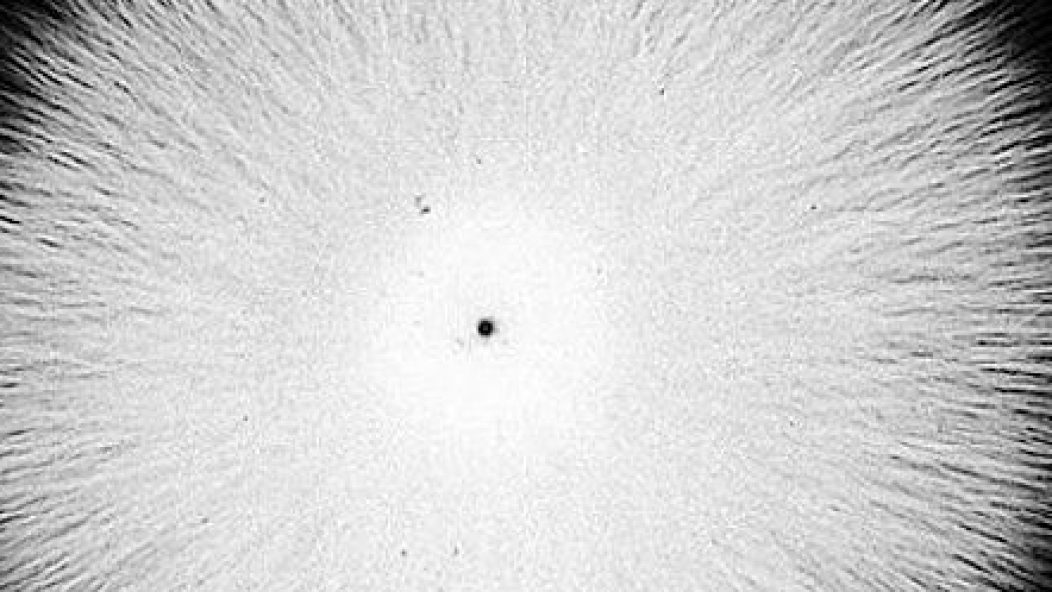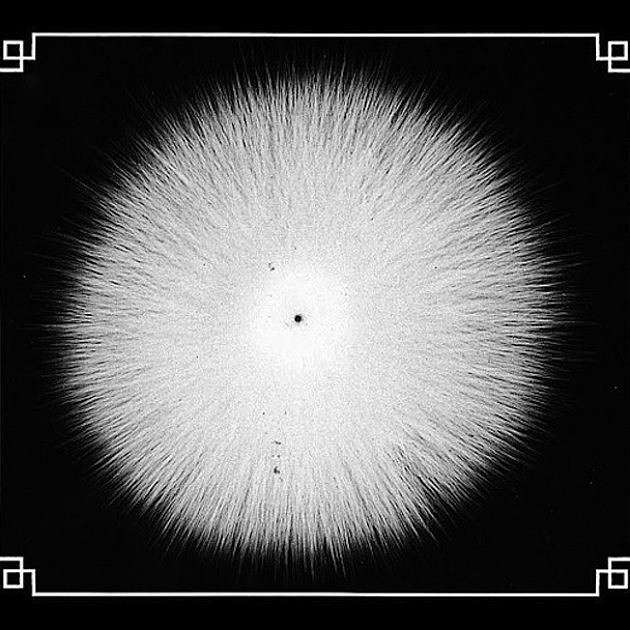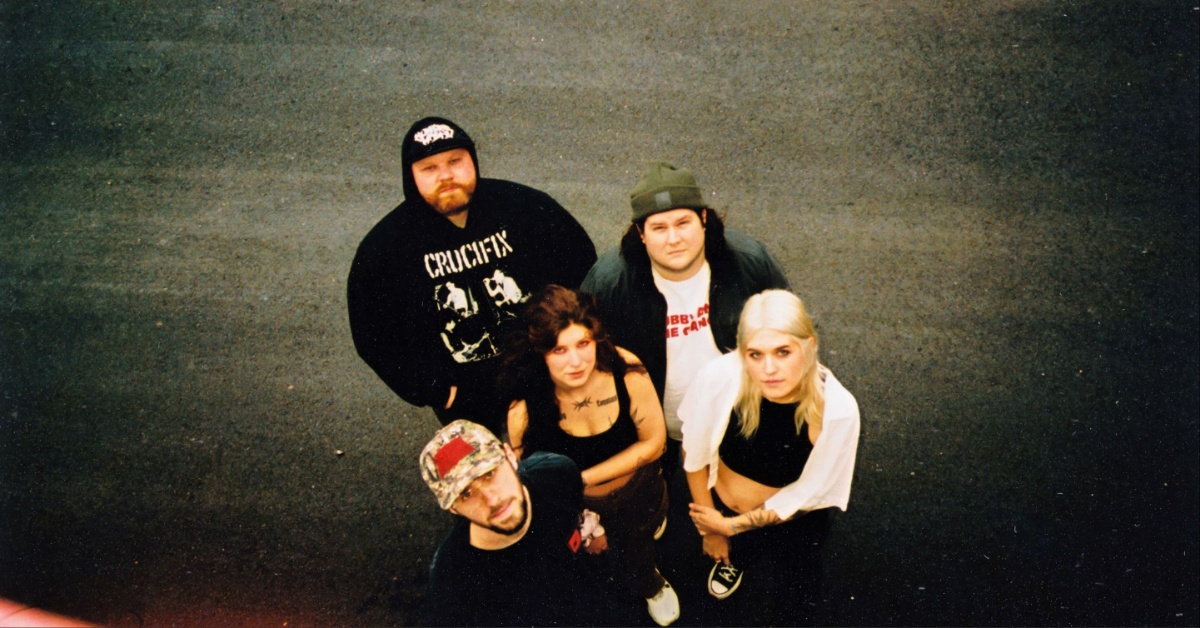
Review: Castevet - Obsian

…
…
Music is inescapably physical, whether it rivets you to your chair or propels you to the dance floor. This physical dimension is not uniformly distributed across genres: death metal tends to churn harder than black metal; thrash metal harder than power metal; and so forth. (This isn’t limited to metal, either: compare dubstep to IDM, or hard bop to free jazz.)
The counterweight of physicality is often intricacy or technicality. It’s not impossible to be intellectual and dispassionate while also striking with the force of a clawhammer, but it takes skill to balance the two. Think of Tool’s “Ænema” video: a clay figure inside a box which is then thrown. You can anticipate the arc of a rectangular prism in motion, but the effect on the flesh inside is both horrifying and unpredictable. New York’s Castevet call to mind such imagery on their nervy, harrowing second album, Obsian.
Castevet’s debut album Mounds of Ash condensed the slow creep and explosive crescendo of post-rock-influenced metal into tighter, mathier songs. Obsian manages a similar trick, but by exploding those structures from within, such that each song feels like build and burst — tension and release — are happening simultaneously.
That seeming paradox is possible because of Castevet’s command of rhythmic precision — largely thanks to drummer Ian Jacyszyn’s fierce economy, and the band’s willingness to spring from unison to contrapuntal dissonance in a flash. “As Fathomed by Beggars and Victims” is a fine, disorienting example; it opens with a groove that one can hardly pin down before it dives straight into lock-step machine-gunning. “Cavernous,” meanwhile, is not spacious and echoing as its title would suggest, but instead jitters and stutters and always winds back in on itself.
Castevet’s tonal palette is limited — this is a three-piece band, after all — but much like Ulcerate, that limitation is embraced as a challenge, leading to a hermetic album that is inventive, restless, and bristling with a singular vision. Obsian is Castevet’s first album with new bassist Nick McMaster (also of Krallice, with whom Castevet share an aesthetic kinship). McMaster’s bass often plays a lead role, as on the closing groove of “The Curve,” where his high-fret twangs snake up and out of the instrumental torrent below.
One of the most fascinating aspects of Obsian is that its mood is so mercurial. The overall tone seems equal parts malevolent and sorrowful, which is largely produced by the contrast between guitarist Andrew Hock’s vocals and melancholy chord voicings, which are odd even before they’re run through the band’s choppy rhythmic blender.
Though the mood feints and shimmers, the album’s closing two songs combine to form a relentlessly morose ten-minute suite. The band introduces some understated clean vocals (courtesy of Nick Podgurski of Yukon and Extra Life, among others) which call to mind the similarly goth-leaning excursions on Tombs’s Path of Totality. Although the album’s last minutes hint at some small glimmer of light, even that small cloud-break dissolves into a single, faint trumpet note, left to waver in the dark like an unanswered beacon.
No balance between body and brain — no matter how cunningly struck — can subvert momentum, not when the trajectory of all is to dust.
Obsian comes out on October 15th via Profound Lore.
…
Castevet are also playing an Invisible Oranges/Signature Riff co-sponsored show at Brooklyn’s Union Pool on Friday, October 25. Keep an eye out for ticket info.
…










